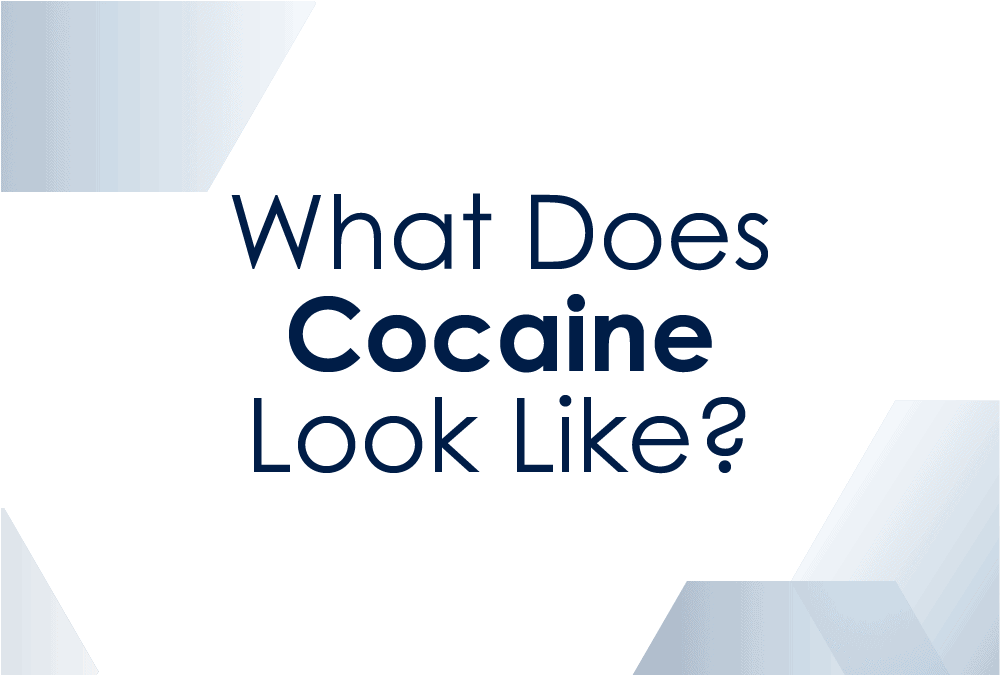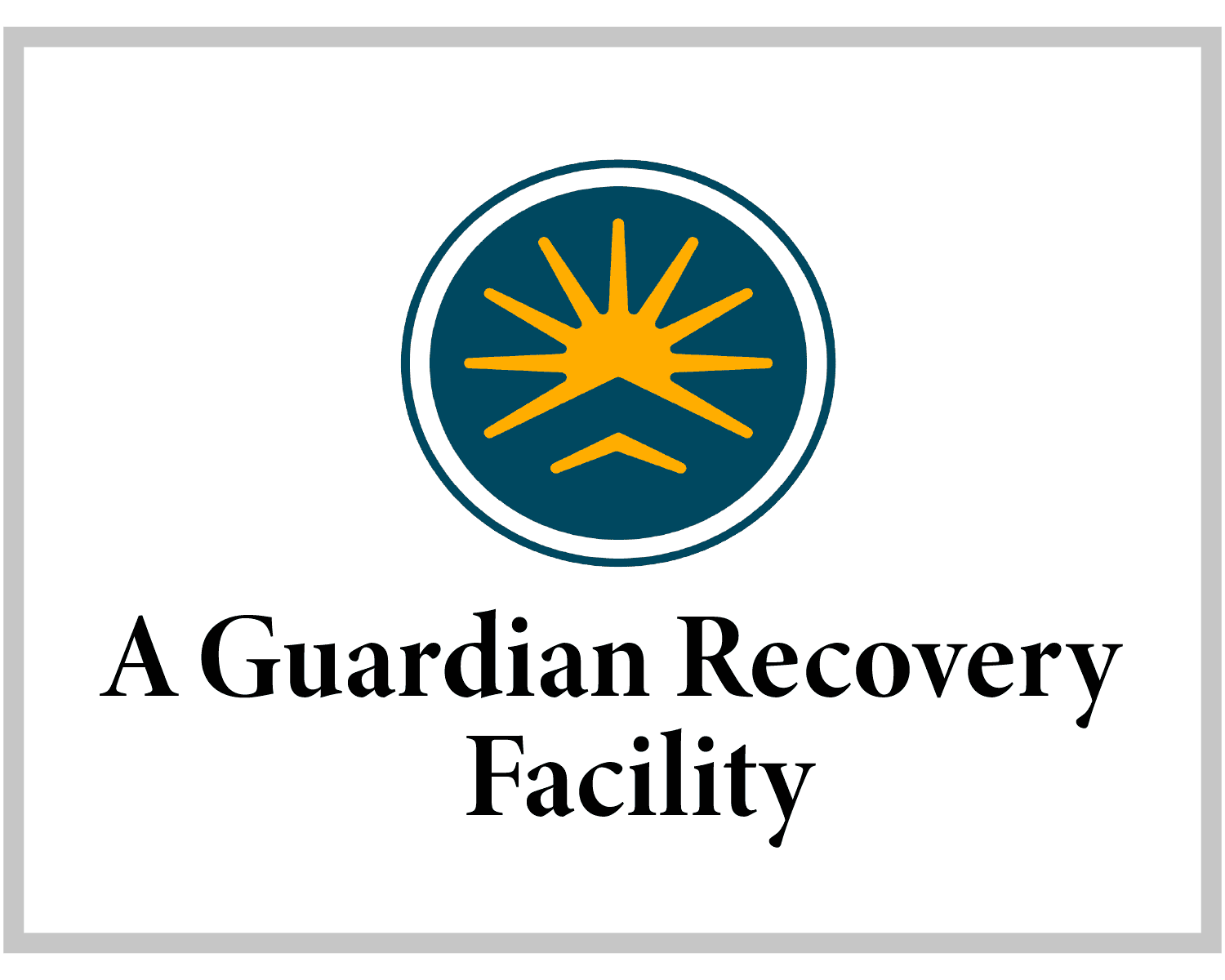How to Identify Cocaine & Signs of Abuse
Cocaine & It’s Paraphernalia
Cocaine & It’s Paraphernalia
Cocaine is a highly addictive illegal stimulant, made from the leaves of the coca plant which is native to South America. Most people who use cocaine recreationally snort the fine white powder (nasally) and rub the remainder of the substance on their gums. However, cocaine can also be reduced to a liquid and injected intravenously. Because cocaine is a stimulant drug, users tend to experience increased excitability and alertness. They might become more social and talkative, which is why cocaine is so frequently used in a social setting. While the short-term effects of cocaine can be pleasant for some users, the long-term effects are often severe. People who use cocaine regularly often develop a physical and psychological dependence on the drug, which leads to a host of other physical and psychological issues.
At Guardian IOP we have developed an intensive outpatient treatment program geared towards helping people of all ages and walks of life who are looking to continue on in their recovery journeys or who are looking for a flexible and effective level of clinical care. Our cocaine recovery program focuses on equipping each individual client with the skills, tools and resources they need to overcome cocaine addiction and successfully reintegrate into society. If you believe someone you love has been abusing cocaine and is in need of professional help, Guardian IOP is available. Contact us to learn more.
What Does Cocaine Look Like?
When used recreationally, cocaine looks like a fine, white powder. Drug dealers frequently combine powdered cocaine with other substances in order to increase its street value. According to the Drug Enforcement Administration, the most common substances used to dilute cocaine are local anesthetics and sugars. However, a range of other substances have been found in cocaine, including talcum powder, laxatives and corn starch. More recently, cocaine is being cut with fentanyl, a synthetic opioid narcotic between 80 and 100 times more potent than morphine. Fentanyl-laced cocaine is responsible for an increasing number of overdose-related deaths in the U.S. Powdered cocaine is not the only type of cocaine available; crack cocaine is another popular version of this specific drug, one which appeals more to lower income demographics because of its affordability. If you believe someone you love has been abusing cocaine, you might be wondering what this drug looks like.
Powdered Cocaine
Once cocaine is extracted from the coca leaves it is produced in further extractions to a rock or flake form, before it is crushed down into a fine, white powder. This white crystalline powder is the most common form of cocaine. This stimulant drug is the second most commonly used illegal drug in the U.S. (preceded only by marijuana). In many cases when powdered cocaine is sold it is packaged in small, clear plastic bags like those featured in the image to the right.
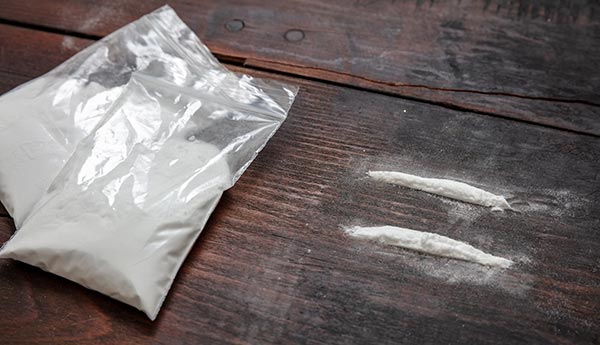
We Are Here For You
Let Us Help You Heal
Our Drug & Alcohol addiction treatment experience is second to none.
Learn how we can help by speaking with one of our Treatment Advisors today.
The Different Types of Cocaine
There are two main types of cocaine: powdered cocaine and crack cocaine. While cocaine is typically reduced to a fine white powder before it is sold, crack cocaine is sold in a crystalline rock form, called “crack rocks.” While there are no pharmacological differences between the two substances, crack cocaine is typically far more affordable, and while powdered cocaine is used nasally or intravenously, crack cocaine is usually smoked using a small glass pipe, or “crack pipe.” Crack cocaine is faster acting and the high dissipates more quickly, making this type of cocaine significantly more addictive. When the initial high wears off the user experiences a “crash” which leaves them irritable, restless and physically uncomfortable. They use more crack cocaine in order to avoid this “crash” and end up quickly falling victim to a dangerous cycle of drug abuse.
Crack Cocaine
The image to the right depicts crack cocaine, which often looks like a small, off-white or slightly yellow rock. Crack cocaine gained popularity in the mid 1980s, and while rates of crack cocaine misuses have dwindled over the past four decades the substance remains a major cause for concern in lower income communities.
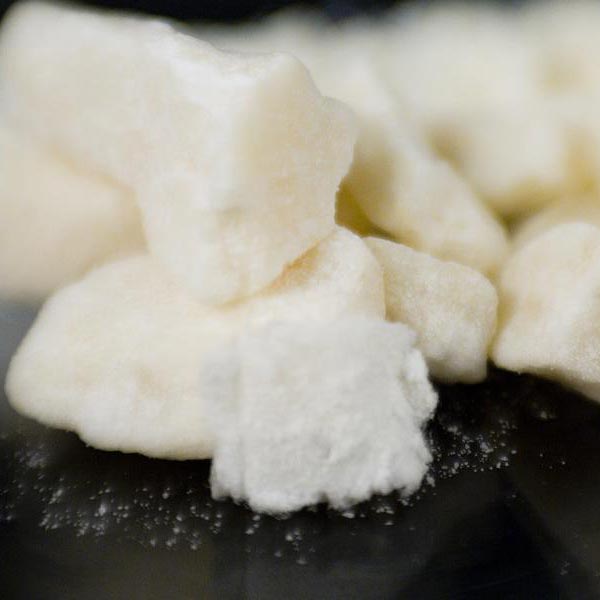
Our Drug & Alcohol Treatment Services Include
How is Cocaine Used?
According to the National Institute on Drug Abuse, “People abuse two chemical forms of cocaine: the water-soluble hydrochloride salt and the water-insoluble cocaine base (or freebase). Users inject or snort the hydrochloride salt, which is a powder. The base form of cocaine is created by processing the drug with ammonia or sodium bicarbonate (baking soda) and water, then heating it to remove the hydrochloride to produce a smokable substance.” Essentially, cocaine can be used in four main ways: nasally, orally, by inhalation or intravenously. Many people who use powdered cocaine do so infrequently in a specific social setting, like a nightclub or party. However, when a person develops a physical and psychological dependence on the drug (in any form) use becomes chronic and uncontrollable. At this point, professional intervention is often necessary.
What Cocaine Paraphernalia Looks Like
Cocaine paraphernalia looks different depending on the method of use. To the right you see a photograph of a rolled up dollar bill beside several “lines” of cocaine. When a person uses powdered cocaine they typically break the substance up into lines like those pictured, in order to snort the substance more easily. Cocaine paraphernalia often includes rolled up money or paper, cut up straws, white powder residue, small plastic bags and a razor blade (used to cut the substance). If a person is injecting or smoking cocaine you are liable to find needles or syringes, burnt metal spoons, lighters and small glass pipes.
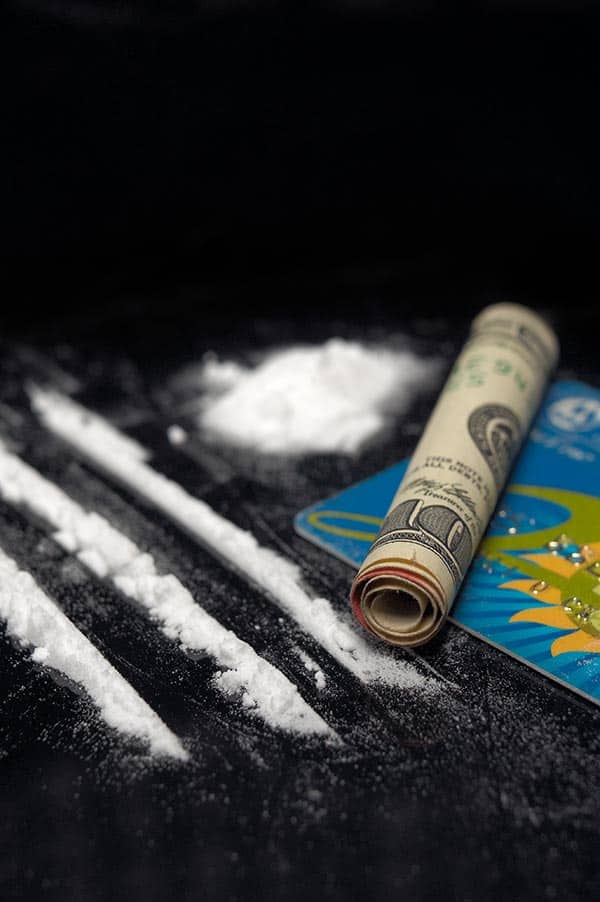
Ready To Begin Your Drug & Alcohol Treatment?
We Offer A Safe & Effective Program
Don’t let Drug & Alcohol addiction control your life.
Call us today and let’s get you started on the path to a better you.
The Effects of Cocaine Use
When a person takes cocaine they often feel a rush of euphoria followed by the following short-term effects:
- Increased mental alertness
- Increased happiness and feelings of pleasure or euphoria
- A significant boost of energy
- Hypersensitivity to light, sound and touch
- Irritability, which can escalate into aggression or violent outbursts
- Feelings of paranoia (mistrust of others)
Other short-term effects of cocaine use include nausea, dilated pupils, constricted blood vessels, increased body temperature, increased blood pressure, fast or irregular heartbeat, restlessness, muscle twitching and an inability to sit still. The effects of cocaine appear almost immediately after ingestion and last for anywhere between several minutes and a couple of hours depending on the amount taken. The method of ingestion also affects the length of the “high.” People who smoke cocaine might experience short-term effects for between 10 and 15 minutes, while people who snort cocaine are more likely to feel its effects for up to an hour. According to the National Institute on Drug Abuse, the long-term effects of cocaine use vary depending on the method of ingestion, and include:
- Using Cocaine Nasally – Chronic runny nose, frequent nosebleeds, loss of smell, issues with swallowing, permanent damage to the nose.
- Smoking Cocaine or Crack Cocaine – Respiratory distress, recurring respiratory infections like pneumonia and bronchitis, chronic cough, the development of asthma, permanent damage to the lungs.
- Consuming Cocaine Orally – Severe and irreparable bowel decay, resulting from dramatically decreased blood flow.
- Needle/Intravenous Injection – Infections in the skin and soft tissue, abscesses, collapsed veins, permanent scarring, increased risk of bloodborne disease like HIV and hepatitis C, increased risk of overdose.
Begin Healing Now!
Have A Call With One Of Our Treatment Advisors
Don’t Suffer Any Longer
Why Do People Use Cocaine?
At first, a person might use cocaine because of its short-term effects. They might be offered the drug in a social setting, and experiment simply to be accepted by their peers. They might begin taking the drug to increase mental alertness, or in an attempt to self-medicate an underlying issue like unresolved trauma or a mental illness. When cocaine use becomes repetitive there is an increased risk of developing a dependence. This means cocaine use becomes compulsive and uncontrollable, and your loved one starts prioritizing obtaining and using cocaine over basic human needs like shelter, sleep and food. At Guardian IOP we understand how confusing and frustrating it can be to watch someone you love slip into addiction. Fortunately, there are ways you can help.
How to Help Someone Who is Using Cocaine
First of all, we recommend educating yourself on cocaine and cocaine addiction. This allows you to come from a place of compassion and understanding. If your loved one is in a place of denial, staging a professional intervention might be necessary. Art Guardian IOP we work closely with several professional interventionists in Florida and New Jersey who are willing to travel to help those in need. If you would like to be put in touch with an interventionist in your area, contact us today.
Best Treatment Options for Cocaine Addiction
We also recommend a short-term stay in an inpatient detox center followed by an immediate transition into a higher level of clinical care, like IOP. In medical detox your loved one will undergo a safe and pain-free cocaine withdrawal. Once they have been physically stabilized they will transition into a higher level of care (determined by their personal clinical requirements). Our Treatment Advisors are standing by to help you determine which level of care is the right choice for your loved one. Contact us today to get started.
Get Started Now
Give us a call 24/7
(888) 693-1894

Contact Us to Learn More
When you or your loved one is ready to ask for help, Guardian IOP will be available to assist. Our admissions process is simple and straightforward and can be completed in as little as 15 minutes. We will provide a complimentary pre-assessment during our initial phone call, ensuring the level of care we provide is the most appropriate option for your loved one. We also offer a free, no obligation insurance benefit check and help coordinate local travel to our facility. All you or your loved one has to do is ask for help, we will take care of the rest. Contact us today to learn more or to help your loved one begin on their own personal journey of sobriety and healing.

Reviewed for accuracy by:
Anna Marie Barrett LCSW, CYT
Anna earned her Masters of Social Work at Barry University in Miami, FL in 2017 and completed her internship in co-occurring disorders. Anna has a Bachelors of Art in Religious Studies from Naropa University and is a certified yoga and meditation instructor. Anna has received specialized training in somatic counseling with an emphasis on body-centered psychotherapy.


